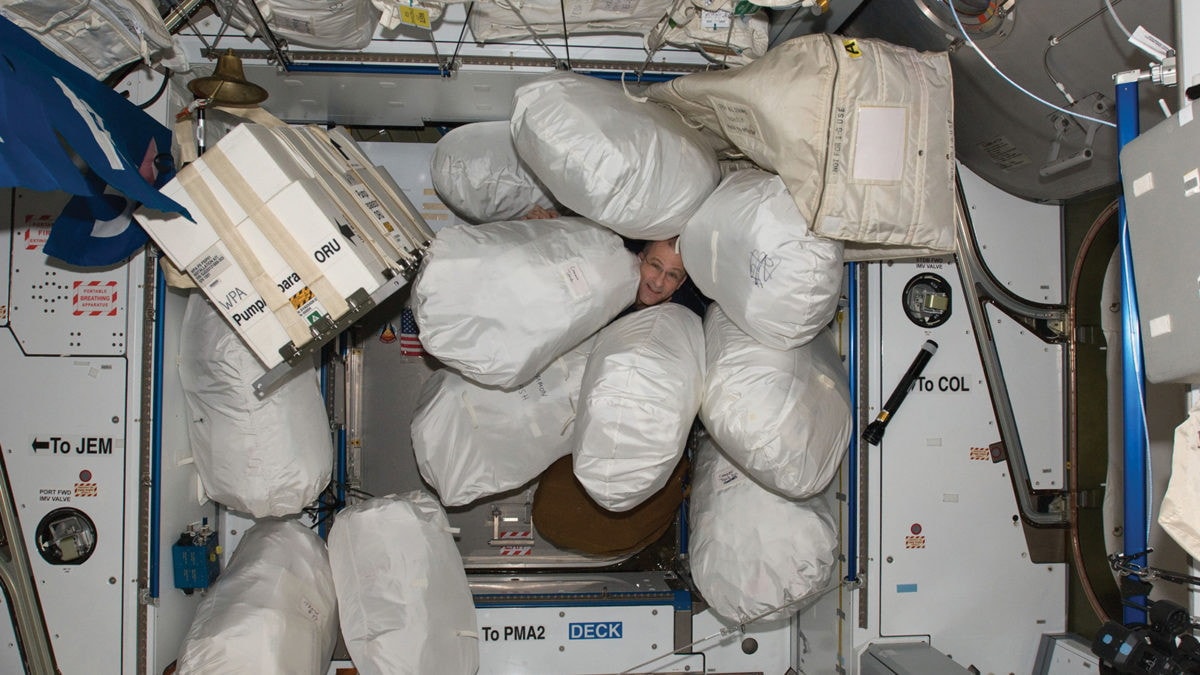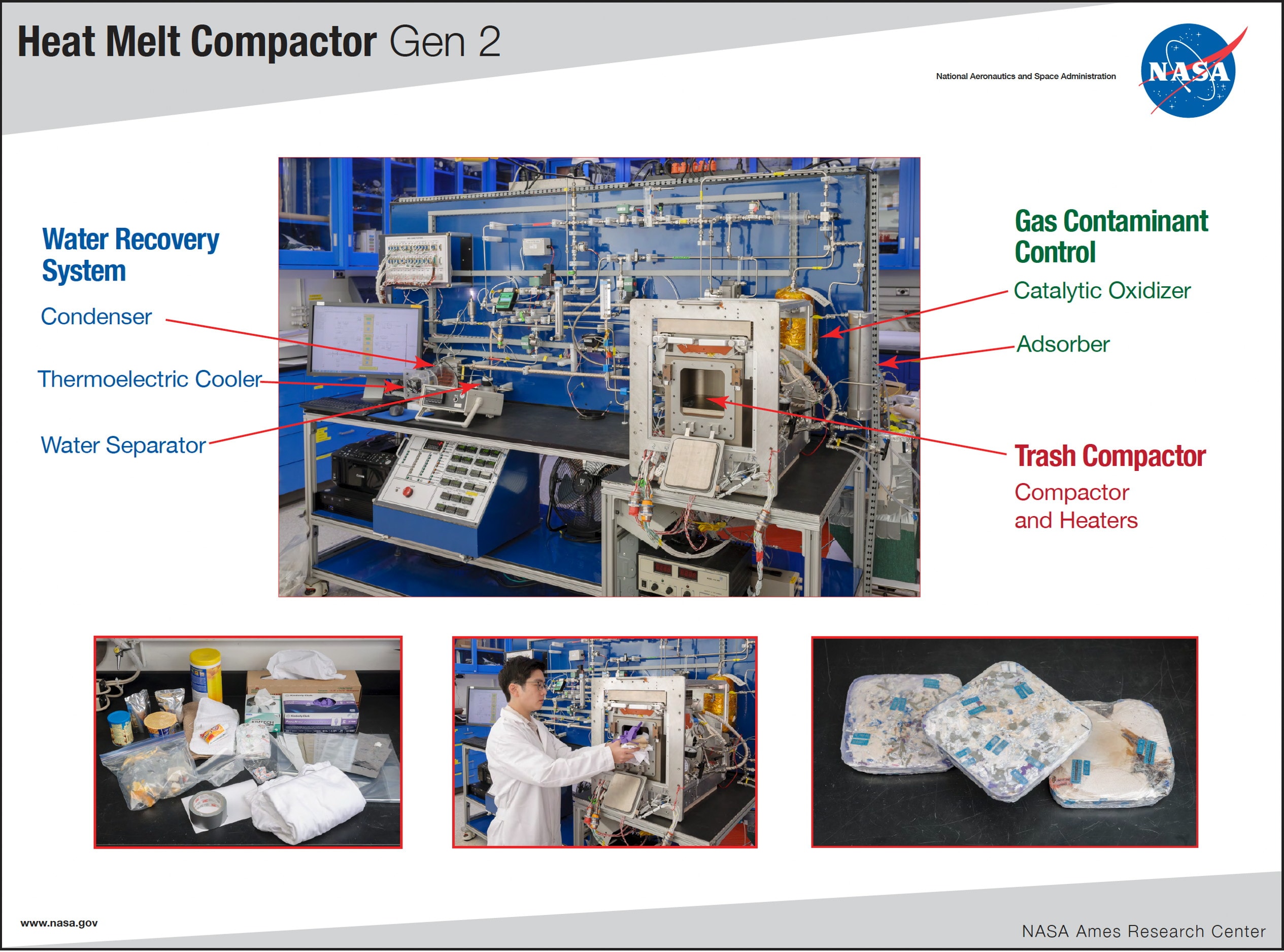Humans are preparing for a new era of space exploration, with plans to establish semi-permanent settlements on other celestial bodies. However, the excitement of these missions is tempered by the realization that humans could leave a significant ecological footprint on these pristine environments.
NASA, the leading space agency, is actively developing solutions to address this issue, including technologies for waste management, storage, and water reclamation. The Trash Compaction and Processing System (TCPS) is a promising development in this area, offering a novel approach to waste management that could revolutionize long-term space missions.

The TCPS is designed to reduce the volume of waste generated by astronauts, thereby minimizing the amount of storage space required. It also incorporates a water recovery system that can extract and purify water from the waste, providing a valuable resource for astronauts in environments where water is scarce.
This innovative approach to waste management not only addresses the environmental concerns associated with space exploration but also contributes to the sustainability and self-sufficiency of human settlements on other worlds.
By reducing the volume of waste and recovering valuable water resources, the TCPS could play a crucial role in ensuring the long-term viability of human settlements beyond Earth. As humans continue to explore the solar system, technologies like the TCPS will be essential for minimizing our impact on these fragile environments and ensuring a sustainable future for space exploration.
Sierra Space is developing a revolutionary technology called the Trash Compactor Processing System (TCPS) to address the growing issue of space waste. This standalone system requires only power, data, and air-cooling connections to operate, making it highly adaptable to various space environments.
The TCPS utilizes a catalytic oxidizer (CatOx) to process volatile organic compounds and other gaseous byproducts of trash, effectively removing contaminants. The raw material is compressed into solid square tiles for efficient storage and transportation, and any resulting water is recovered.

NASA selected Sierra Space’s design after the company successfully completed the initial phase of the project in early 2024. This achievement marked the culmination of years of research and development dating back to 2019.
Currently, Sierra Space is finalizing the fabrication and integration of the TCPS hardware in a configuration suitable for ground testing. If successful, a space trash compactor will be transported to the International Space Station (ISS) in 2026 for zero-gravity testing.
NASA’s ambitious plans include sending the first Artemis astronauts to the Moon in 2026, building a lunar orbiting space station, and establishing a long-term presence on the Moon. These endeavors lay the groundwork for future crewed missions to Mars.

